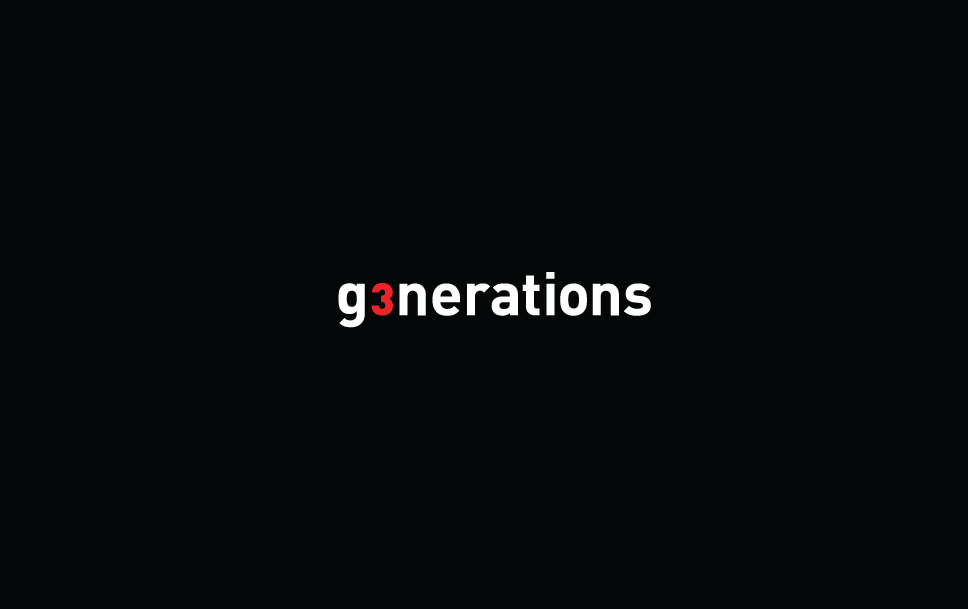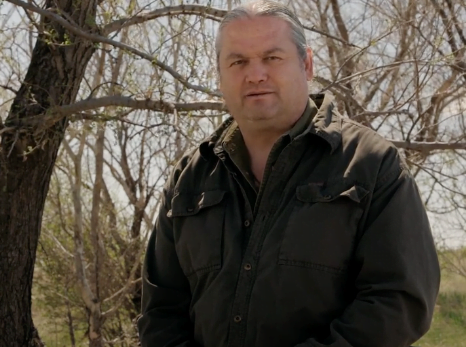Opinions
MASCOTS – Betrayal not an honor.
A friend of 3 Generations shared her outrage at this photo of a Philadelphia Eagles fan brandishing a knife through an Indian man’s head, a most bizarre way to demonstrate loyalty to a football team. By any standard it is a sadistic, racist, ugly image. But how does it look and feel to a Native American?
Our friend, a member of the Lakota Nation, told us “I like football, I like the sport but this picture embarrasses me as a football fan. It pisses me off. It offends me. For any other ethnic/racial/sexual orientation group, had it been their heads sitting on that knife, there would be a tremendous uproar, and rightfully so. But since we have been de-humanized by being mascots, mainstream society says it is ok, it’s not ok”.
For her and others this is really a double whammy – an evil image and the misuse of Native American culture to create mascots. Some people argue that being a mascot is a way of honoring Native American culture, but our friend does not agree: “It’s hard to raise children to be humble, to truly have an interest in the old school culture, when they are constantly seeing pictures of Indians as mascots, how can you be proud of yourself when everyone views you as a cartoon? I’m not a cartoon, my children are not cartoons, we are human beings”.
Nor are these mascots representative of what being a Native American really is: Redman Tobacco, Fighting Sioux, Washington Redskins, Cleveland Indians hardly reflect real people living real lives. As she also pointed out: “I’ve never run around doing a war hoop. I don’t run around patting my mouth making noises. I often wash clothes, go to work, play board games, play with my dog, play with my cat, talk to my children, drink coffee in the morning, have deep conversations with my husband, and pray. So I ask society, why is it ok to have Indians as mascots? Is this how you really view us? Why?”
The term redskin has a murky history depending on whose version you have been taught, but it is always considered disparaging. Indeed the only context in which it is acceptable today is when referencing mascots, but acceptable to whom? Most Native Americans associate it with the 18th and 19th Century practice of bounty hunting. Under the colonial government huge bounties were offered for the scalps of Native men, women and children. They were a manifestation of a cruel and genocidal practice. “Bounties were placed on the scalps of Indians. Bounties were placed and given, for the scalps of my ancestors. Who paid for those bounties? Trappers, traders, and yes, the government”.
She finished by explaining that when she sees this picture she sees an expression of imperialism and colonialism. “Speaking up and speaking out when things like this happen, includes speaking for my relatives who were never given the opportunity to do so. We may ask for respect, but we never ask to be honored. Being honored in the real sense, is humbling, not infuriating”.
Mascots do not honor, they betray. Time to rethink the obvious.




